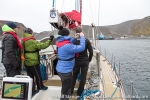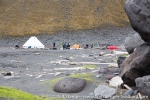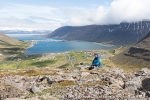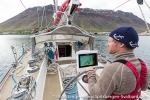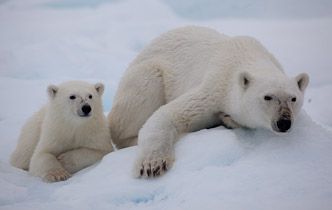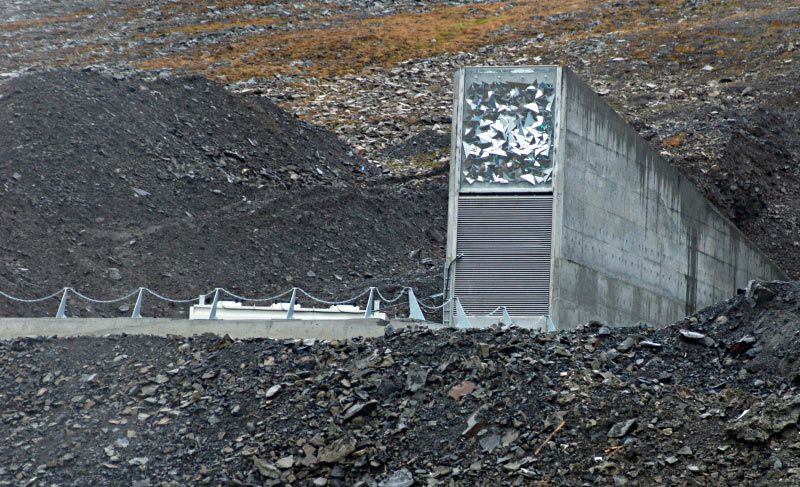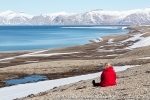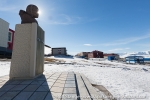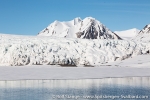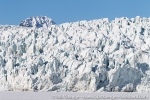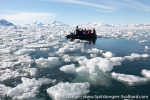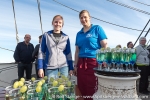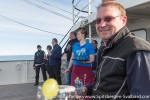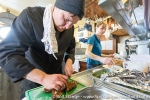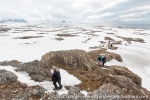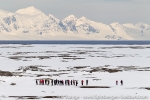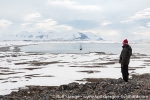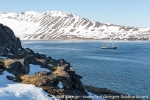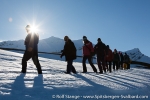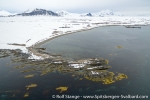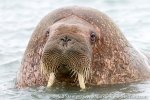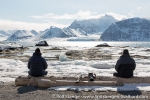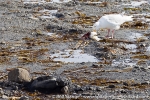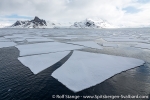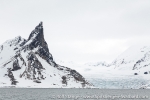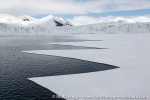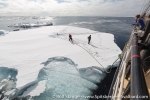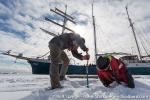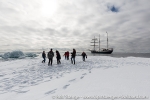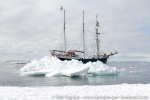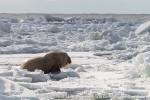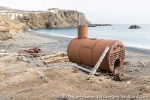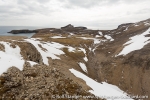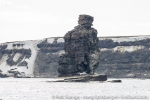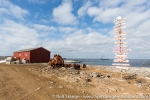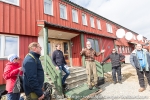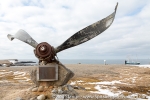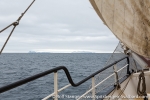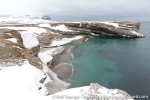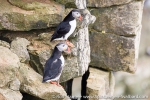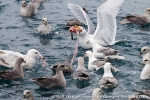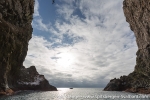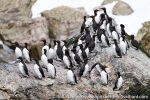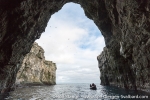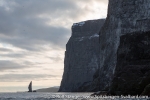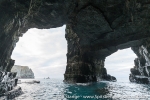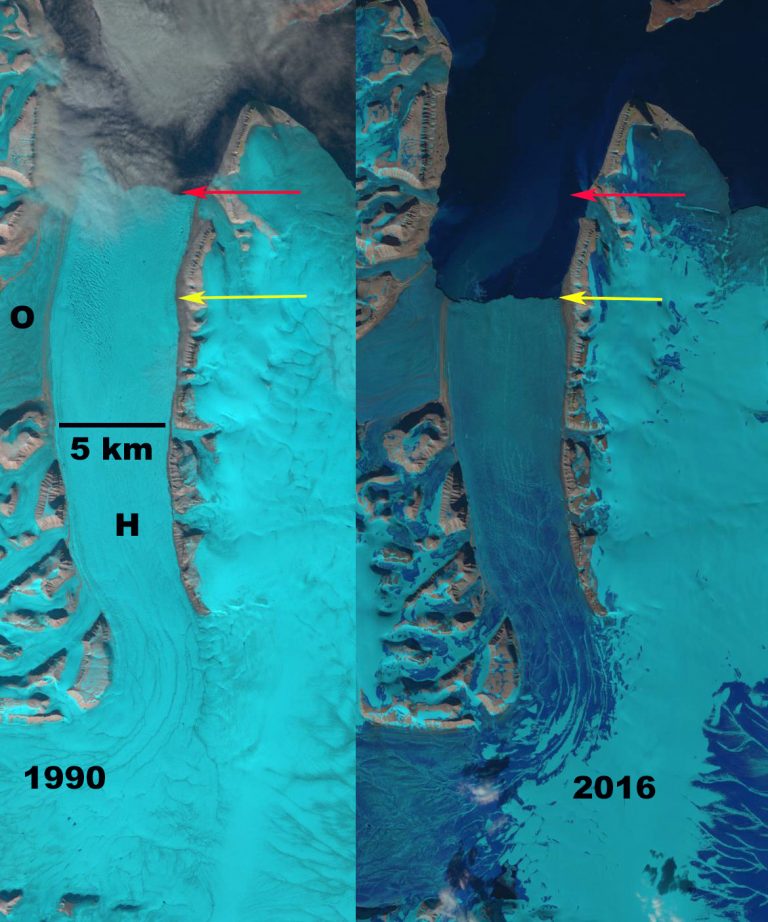-
current
recommendations- Liefdefjord
New page dedicated to one of Spitsbergen's most beautiful fjords. Background information and many photos.
- New Spitsbergen guidebook
The new edition of my Spitsbergen guidebook is out and available now!
- Liefdefjord
New page dedicated to one of Spitsbergen's most beautiful fjords. Background information and many photos.
Page Structure
-
Spitsbergen-News
- Select Month
- May 2025
- April 2025
- March 2025
- February 2025
- January 2025
- December 2024
- November 2024
- October 2024
- September 2024
- August 2024
- July 2024
- June 2024
- May 2024
- April 2024
- March 2024
- February 2024
- January 2024
- December 2023
- November 2023
- October 2023
- September 2023
- August 2023
- July 2023
- June 2023
- May 2023
- April 2023
- March 2023
- February 2023
- January 2023
- December 2022
- November 2022
- October 2022
- September 2022
- August 2022
- July 2022
- June 2022
- May 2022
- April 2022
- March 2022
- February 2022
- January 2022
- December 2021
- November 2021
- October 2021
- September 2021
- August 2021
- July 2021
- June 2021
- May 2021
- April 2021
- March 2021
- February 2021
- January 2021
- December 2020
- November 2020
- October 2020
- September 2020
- August 2020
- July 2020
- June 2020
- May 2020
- April 2020
- March 2020
- February 2020
- January 2020
- December 2019
- November 2019
- October 2019
- September 2019
- August 2019
- July 2019
- June 2019
- May 2019
- April 2019
- March 2019
- February 2019
- January 2019
- December 2018
- November 2018
- October 2018
- September 2018
- August 2018
- July 2018
- June 2018
- May 2018
- April 2018
- March 2018
- February 2018
- January 2018
- December 2017
- November 2017
- October 2017
- September 2017
- August 2017
- July 2017
- June 2017
- May 2017
- April 2017
- March 2017
- February 2017
- January 2017
- December 2016
- November 2016
- October 2016
- September 2016
- August 2016
- July 2016
- June 2016
- May 2016
- April 2016
- March 2016
- February 2016
- January 2016
- December 2015
- November 2015
- October 2015
- September 2015
- August 2015
- July 2015
- June 2015
- May 2015
- April 2015
- March 2015
- February 2015
- January 2015
- December 2014
- November 2014
- October 2014
- September 2014
- August 2014
- July 2014
- June 2014
- May 2014
- April 2014
- March 2014
- February 2014
- January 2014
- December 2013
- November 2013
- October 2013
- September 2013
- August 2013
- July 2013
- June 2013
- May 2013
- April 2013
- March 2013
- February 2013
- January 2013
- December 2012
- November 2012
- October 2012
- September 2012
- August 2012
- July 2012
- June 2012
- May 2012
- April 2012
- March 2012
- February 2012
- January 2012
- December 2011
- November 2011
- October 2011
- September 2011
- August 2011
- May 2011
- April 2011
- March 2011
- February 2011
- January 2011
- December 2010
- November 2010
- September 2010
- August 2010
- July 2010
- June 2010
- May 2010
- April 2010
- March 2010
- February 2010
- November 2009
- October 2009
- August 2009
- July 2009
- June 2009
- May 2009
- April 2009
- March 2009
- February 2009
- January 2009
- December 2008
- November 2008
- October 2008
- August 2008
- July 2008
- June 2008
- May 2008
- April 2008
- March 2008
- February 2008
- April 2000
- Select Month
-
weather information
-
Newsletter

| Guidebook: Spitsbergen-Svalbard |
Home →
Yearly Archives: 2017 − News & Stories
Jan Mayen – Kvalrossbukta – 15th June 2017
Thu
15 Jun
2017
Nature has placed a lot of open sea between Iceland and Jan Mayen. It is about 460 miles from Isafjördur to Kvalrossbukta, and a sailing boat is not a race horse. Expect the crossing to take three days, and that is exactly what it was for us. Three days in a 60 foot boat on high sea are not everybody’s cup of tea. People can grow their sea legs or find out that they do not have any, and it does take some patience, especially if you find out that reading a book does not make you feel better while the boat is moving. Occasionally, we see some dolphins or a whale. The constant headwinds are not too strong, but still, they do not make the boat faster or our life on board better.
Everybody surfaces again after three days, as Jan Mayen appears from the clouds. Not more than a shadow to begin with, the shadows turn into slopes and cliffs, and finally we have Kvalrossbukta ahead of us, the destination of our dreams, or rather: where our dreams are to start.
People and materials are soon brought ashore and tents are put up – as mentioned, solid architecture is important, and quite a few lava rocks and driftwood logs are moved to anchor the tents safely.
- gallery anchor link: #gallery_1161
Click on thumbnail to open an enlarged version of the specific photo.
It happens that we are not alone, at least for a couple of hours: the supply ship of the Norwegian station is in the bay, the bow parked on the beach which is surprisingly calm. Pallet after pallet of supplies and materials of all kinds are taken to the shore and transported to the station, which is on the other side of the island. In the evening, the ship leaves and we are on our own in our little basecamp.
Iceland – Jan Mayen – 12th June, 2017
Mon
12 Jun
2017
After the recent trip to the arctic islands in the north Atlantic, Lofoten-Bear Island-Spitsbergen, now follows another trip to an arctic island in the north Atlantic, namely Jan Mayen, this wild, little volcanic island northeast of Iceland. Jan Mayen has been a constant highlight of my arctic summer for several years now: wild, beautyful, remote, with lots of places to discover and endless hiking. But it is also a tough and demanding place.
Accommodation is not on a comfortable ship, but in a simple basecamp in tents on volcanic sand which is blown around by the wind. Tons of stones and driftwood logs have to be moved to anchor the tents safely in case of strong winds, which is not at all unusual on Jan Mayen.
I have made my little, high-quality Swedish tent extra storm-proof. Jan Mayen in a tent can be pretty uncomfortable; without a tent, it will not be better.
Gallery – Iceland – Jan Mayen – 12th June, 2017
- gallery anchor link: #gallery_1157
Click on thumbnail to open an enlarged version of the specific photo.
The expedition to Jan Mayen begins with the trip to Isafjördur, the capital of Icelands’s beautiful fjords in the northwest. I use the sunshine and the remaining hours before departure for a little hike in the surroundings before everybody is getting ready on board SY Aurora.
It is nice to see familiar faces: Skipper Vidar was the Aurora’s mate last year, and glacierman Magnus „Maggi“ had also decided that one ascent of Beerenberg was not enough for him. Mate Sandrine makes the team complete. The whole group comes from Germany this time, all six of them.
On the way to Jan Mayen
Sun
11 Jun
2017
Let’s go to Jan Mayen! That is the motto of the day. After the trip to Bear Island and some days of warming up in comparatively southern latitudes (“Elbedalen” instead of Adventdalen), I am now on the way to Iceland to join SY Aurora for an exciting trip to the wild, volcanic island in the far north. Three days of sailing over the open ocean from Iceland, and then an exciting week on Jan Mayen.
Keep your fingers crossed for good weather! We take care of the rest.
Next destination: Jan Mayen
Old ammunition found in polar bears bodies
An autopsy revealed shotgun ammunition in the fat tissue of the bodies of two polar bears. One, a female with a cub, was shot in June 2016 in Austfjordnes. Only two months later a Russian researcher shot another female polar bear in Forlandet.
Polarbear with cub
The shot was encapsulated in the fat and flesh of the bears in both animals, which means it must have hit them well before they were killed in 2016. Ammunition was found in several places of the bodies. Knut Fossum, environmental director for the Sysselmannen (Governor of Spitsbergen), presumes that the shots were fired from a relatively short distance. Probably someone wanted to scare away the polar bears with pellets, but hit them. Shot is unlikely to hurt a polar bear seriously, but serious injury may occur if, for example, a joint or an eye is hit. Veterinarians refer to the case of a reindeer that was killed with an airgun. Additionally, even smaller injuries may lead to pain and inflammation.
Polar bears are strictly protected on Spitsbergen, injuring them or killing them will be punished. Shooting at a bear with shotguns to scare it away is both unsuitable and illegal.
How long the polar bears already carried the ammuniion in their bodies and whether they suffered from pain, is not certain.
Source: Svalbardposten
Flooding of Global Seed Vault attracts international media – eight month after!
International media reported for several weeks about a leckage in the Global Seed Vault, where seeds of all countries are stored for thousands of years.
Global Seed Vault – Seeds for generations?
The flooding actually happened – but already in October 2016! An article in the Norwegian newspaper Dagbladet in May 2017 mentioned the leakage with correct date. But on 19th May 2017 an inattentive journalist of “The Guardian” made a current message out of that article. High temperatures in combination with weeks of rainy weather were mentioned, which finally led to a flood in the entrance area of the Global Seed Vault. Everything correct, just more than half a year ago.
A message, but no news
Even the big media houses Reuters and Vox jumped on the bandwagon, apparently without checking the source. A phone call to Hege Njaa Aschim would have been enough to clarify the misunderstanding. Aschim is press officer of Statsbygg, a state-run company who manages and maintains the Global Seed Vault. But after all, numerous other newspapers, radio and TV stations wanted to know more precisely: Hundreds of press requests reached Aschim in one week! She could correct, that it was a real message, but not really news.
Deceptive security?
The fact that the Global Seed Vault, which has actually been constructed for eternity, must already be repaired after less than ten years, seems almost less important now. The actual camp, which now contains nearly one million seed packets from 73 institutes and gene banks, was not affected by the water. However, a transformer was destroyed and the fire brigade had to pump the tunnel, which leads 100 meters down to the actual camp.
Deeply locked in in the permafrost, the Global Seed Vault was believed to be safe from flooding. Now investigations are to be made as to how the camp can be secured against warm periods. 37 million crowns (ca. 3,8 million Euros) will be provided for that.
Source: Dagens Næringsliv
Billefjord – 1st May, 2017
Thu
1 Jun
2017
In the morning, the wind turns directly into Skansbukta, which does not happen too often. But the eastern side of Billefjord is perfectly sheltered. And perfectly sunny. A good opportunity for a final landing of this trip. Beach ridges and marine terasses, driftwood and the Billefjorden fault zone, we spend time with all of this as well as with the beautiful views and the silence.
- gallery anchor link: #gallery_1149
Click on thumbnail to open an enlarged version of the specific photo.
We have not yet given up hope for a polar bear sighting. We are pretty sure that one or two polar bears will be around in the area. There is still ice in Adolfbukta in front of Nordenskiöldbreen and in Petuniabukta, with plenty of seals. We keep watching until the eyes start burning. Nothing in terms of polar bears. Well, you can’t have it all within a few days. A polar bear sighting would have been the icing on the cake, but this cake has been a great one even without icing on it. It is a great trip that is coming to an end now as we approach Longyearbyen.
Isfjord – 31st May, 2017
Wed
31 May
2017
The Russian beauty of Barentsburg was very evident right next to our ship since last evening, and a visit there is always interesting, even though not everybody falls instantly in love with the visual good qualities of the place. Even in sunshine! And we do not miss the opportunity to talk, next to the local history, about the Spitsbergen Treaty, hot and cold war, politics and people and whatever else.
In Ymerbukta, the land is still completely snow covered. It is sunny and warm, but the visual impression is that of winter, white and pure. Same in Borebukta and Yoldiabukta. Wherever you look, it is beautiful.
- gallery anchor link: #gallery_1147
Click on thumbnail to open an enlarged version of the specific photo.
Equally beautiful is dinner in the evening. Thanks a lot, Sascha, Jana, Christina and Alex!
Eidembukta-Alkhornet – 30th May, 2017
Tue
30 May
2017
We were yesterday blown into Eidembukta, the best place to stay as things were. It was a nice passage under sails. And today? The day starts with bright sunshine. And almost no ripple on the water! Let’s go ashore!
Wide-open west coast tundra land, a lot of snow in the lowlands, some rocky hills. And reindeer. And reindeer. And, in case I have not yet mentioned it, reindeer. They were almost stalking us.
Later in Isfjord, we were blessed with a very rare encounter. A blue whale! The largest animal ever created by evolution. Brought to the edge of exctinction by mankind. And one of a few thousand of them which are still around in the world’s oceans is now and here swimming around Antigua. How great is that!
- gallery anchor link: #gallery_1145
Click on thumbnail to open an enlarged version of the specific photo.
We are happy to spend some time with the big blue whale, making our afternoon landing a bit shorter. Still, it turns out to be a very fine tour at Alkhornet.
Forlandsund – 29th May, 2017
Mon
29 May
2017
You need calm weather for a landing on the coastal flats on the west coast. The weather is calm during the morning, so the rocky shallows near the coast are no problem and we take the opportunity to go ashore in one of the bays in Forlandsund, north of Isfjord. The wide-open coastal plains with their varied shoreliens and gently rolling hills are amongst my absolute favourites of Spitsbergen’s many different landscape types!
In the afternoon, the focus is not the beauty of the landscape, but the beauty of the wildlife. „Beauty“ is, of course, a relative term. A good encounter with walrusses is one of the most amazing wildlife experiences that you can have in the arctic!
Gallery – Forlandsund – 29th May, 2017
- gallery anchor link: #gallery_1143
Click on thumbnail to open an enlarged version of the specific photo.
Hornsund – 28th May, 2017
Sun
28 May
2017
We are getting to Hornsund in the late evening. A calm night at anchor near a glacier which is shining in the sun – what a place, what a life! These are words by Wanny Woldstad, who spent some years in Hornsund in the 1930s. She must have known!
We have also got a good life here, not for several years, but for one day, at least. We start with a walk at Gnålodden. Snow and ice, rocks and tundra, seabirds on the cliff, views of glaciers and mountains.
Gallery – Hornsund – 28th May, 2017
- gallery anchor link: #gallery_1141
Click on thumbnail to open an enlarged version of the specific photo.
Later, we see even more ice and more glaciers in innermost Hornsund. Now we are leaving the fjord, silently under sail, as they have done it here for centuries.
Sørkapp: ice – 27th May, 2017
Sat
27 May
2017
We reach the open drift ice that is drifting south from Storfjorden after a slightly bumpy, but fast passage already during the mornign. Back to the world of the ice! Everybody is fascinated by the ice floes that are slowly drifting by.
And everybody is even more fascinated by the attempt to go alongside a nice and solid ice floe with Antigua, but it does not work in the end – too much swell. But what do we have the Zodiacs for? Everybody gets a chance to step out onto the ice. The reactions vary from noisy enthusiasm and a lot of selfies to silent fascination for the impressions and the sound of ice, water and air.
Gallery – Sørkapp: ice – 27th May, 2017
- gallery anchor link: #gallery_1139
Click on thumbnail to open an enlarged version of the specific photo.
Bear Island (II) – 26th May, 2017
Fri
26 May
2017
After yet another, longish Zodiac cruise into the troll scenery kingdom at the southern tip of Bear Island, it is nice to get a calm night’s sleep at anchor in Sørhamna. Falling asleep with the sight of the cliffs and the sound of the seabirds. And waking up again with exactly the same impressions.
Especially as the weather is still nice. Another landing, this time in Kvalrossbukta, turns out to be easy, just a little bit of swell and surf on the beach. There was a whaling station from the period of industrial whaling here more than a hundred years ago, one out of two from those days in Spitsbergen. And it was here that the German journalist Theodor Lerner started to take parts of Bear Island into possession in 1899. Further occupations followed, as well as bizarre meetings with his German (!) competitors who were there in order of emperor Wilhelm II, and a Russian battleship (if you read German, then you can find all these stories in my book „Die Bäreninsel“).
Also a German weather station from the war and an attempt to mine lead ore have left some scarce traces in the vicinity. Nevertheless, all in all the landscape appears to be untouched. Human influence is mostly coming from far away. Environmental toxins, the fishing industry and climate change all have their influence on Bear Island, but traces of local human activity are very limited and nature is claiming her territory back.
Gallery – Bear Island (II) – 26th May, 2017
- gallery anchor link: #gallery_1137
Click on thumbnail to open an enlarged version of the specific photo.
Finally it is time to say goodbye to Bear Island, we are expecting northerly winds in the afternoon and no further landings. A luxury to sit on deck and enjoy the view of cliffs and sea stacks passing by. Finally we are drifting not far from the weather station Bjørnøya Meteo and I say hello over the radio. Turns out that we are invited to visit! To my own surprise, they know my name here, thanks to my Bear Island book and even my hike around the island is not yet forgotten, although it is a couple of years ago by now. Of course we take the opportunity to visit the Norwegians on their weather station. A fine finish to a fine visit to Bear Island. I am looking forward to the next time!
Bear Island – 25th May, 2017
Thu
25 May
2017
Bear Island can be a tough place, as exposed as its rocky cliff coasts are lying in the middle of the wild northern sea. But the northern sea is not always wild, and it does have its advantages to know some good places. It feels good to get solid Bear Island ground under the rubber boots again! To stand on top of the cliffs, watching down on guillemots, fulmars and puffins. Further inland, most of the ground is still snow covered, the soil largely frozen.
Gallery – Bear Island – 25th May, 2017
- gallery anchor link: #gallery_1135
Click on thumbnail to open an enlarged version of the specific photo.
The weather is on our side, and we make good use of that. It is a rare and great opportunity to circumnavigate the whole southern tip of Bear Island in Zodiacs. Bird cliff after bird cliff, ten thousands of Brünich’s and common guillemots, kittywakes and fulmars. Steep cliffs more than 400 metres high, offshore stacks, coastal caves and narrow passages, one miracle of nature after the other, some of them being small, others quite large. All of them beautiful and impressive. The Norwegians have a good word to describe this kind of landscape, they call it „trollsk“. A mystery landscape, with hidden treasures, with some kind of magic about it. I don’t know of a fitting English word. Trollsk, that’s it, that describes the southern tip of Bear Island perfectly well, with Glupen and Sylen, Stappen and Perleporten.
Barents Sea – 24th May, 2017
Wed
24 May
2017
The day starts with a lively swell, which is decreasing later together with the wind. Several groups of dolphins appear together with one or the other whale, making time passing by quickly. 250 miles from Fugløya on the edge of the Norwegian mainland to Bear Island, and the expectations are rising!
Photo – Barents Sea – 24th May, 2017

The Hinlopen glacier retreats
This is shown by satellite images, that the American Geophysical Union has published. Between 1990 and 2016 the glacier has retreated seven kilometers.
Hinlopenbreen 1990 und 2016. Red arrow shows 1990 terminus, yellow arrow shows 2016 terminus – Images: AGU, Landsat
The Hinlopen glacier in the north-east of Spitsbergen is a so-called surge-glacier. That means, that longer periods with normal flow speed alternate with shorter periods, in which the glacier flows 10 to 1.000 times faster. The last surge happened from 1970-1971, when the glacier pushed 2.5 km into the fjord in one year. It moved up to 12 meters a day then.
The decrease in ice, that has now been observed, has probably nothing to do with these normal fluctuations which are connected to the glacier’s internal mechanics. If a surge-glacier retreats, the ice usually accumulates in the accumulation area: it is thickening. At the Hinlopen glacier it was observed, that the ice on the upper glacier is also thinning. This suggests that it is not the early stage of a surge process, but climate change that is responsible for the retreat of the Hinlopen glacier.
Other glaciers on Spitsbergen are also undergoing a similar development, such as the Paierbreen, Hornbreen, Besselbreen and Svitjodbreen.
Source: AGU
News-Listing live generated at 2025/May/07 at 12:42:41 Uhr (GMT+1)
